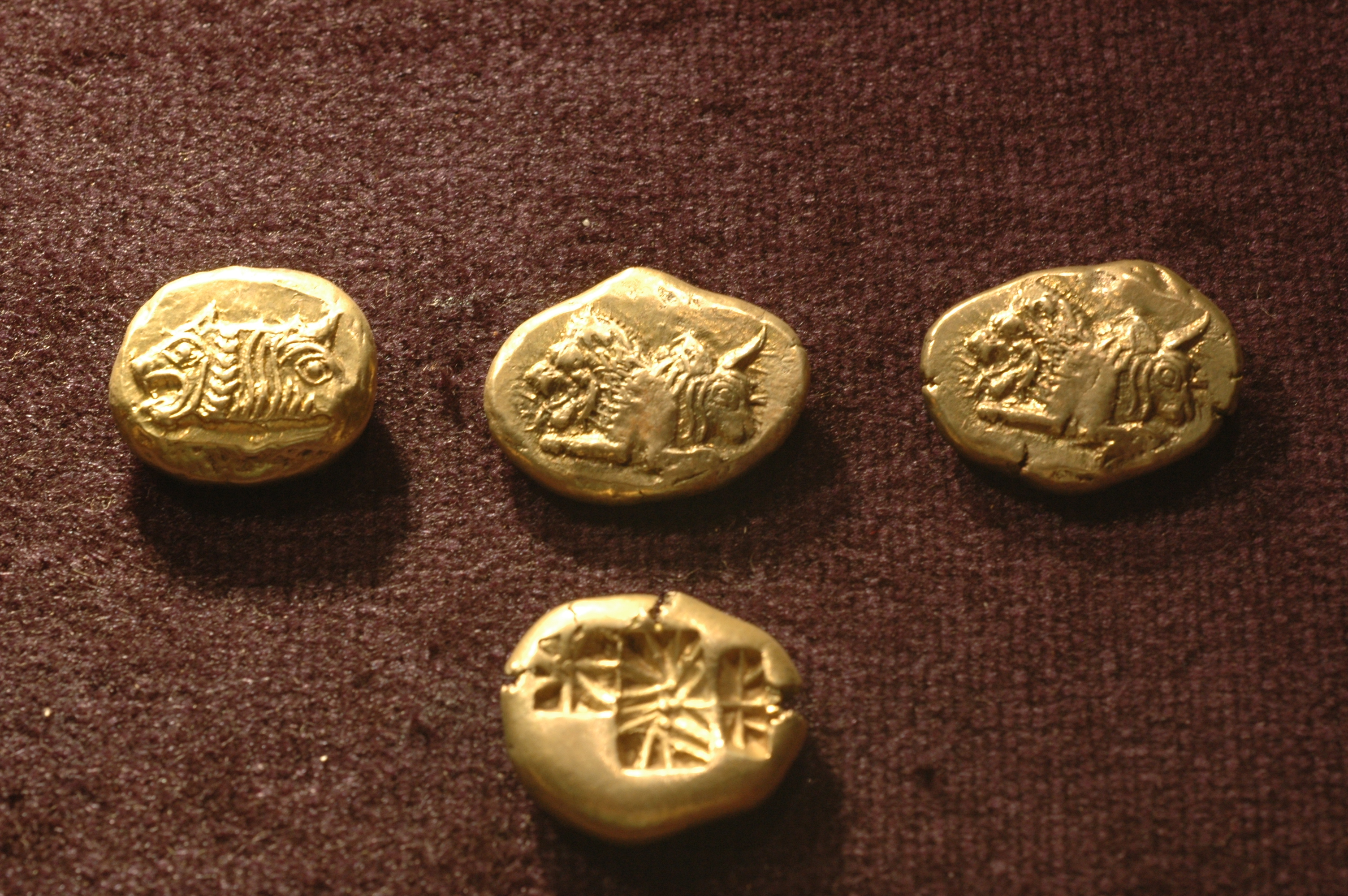10 Fun Facts About the Weird and Wonderful History of Money
2. The Lydian Leap: Coins as Currency

The introduction of coins around 600 BCE by the Lydians in modern-day Turkey was a revolutionary moment in monetary history. These early coins, made from electrum—a naturally occurring alloy of gold and silver—were stamped with symbols to denote authenticity and value. Coins solved many problems inherent in barter and commodity money, offering a portable, durable, and divisible form of currency. This innovation spread rapidly across the ancient world, facilitating trade and economic growth. Coins not only standardized transactions but also became tools of political propaganda, with rulers imprinting their likenesses and symbols of power, thus intertwining currency with governance and identity.